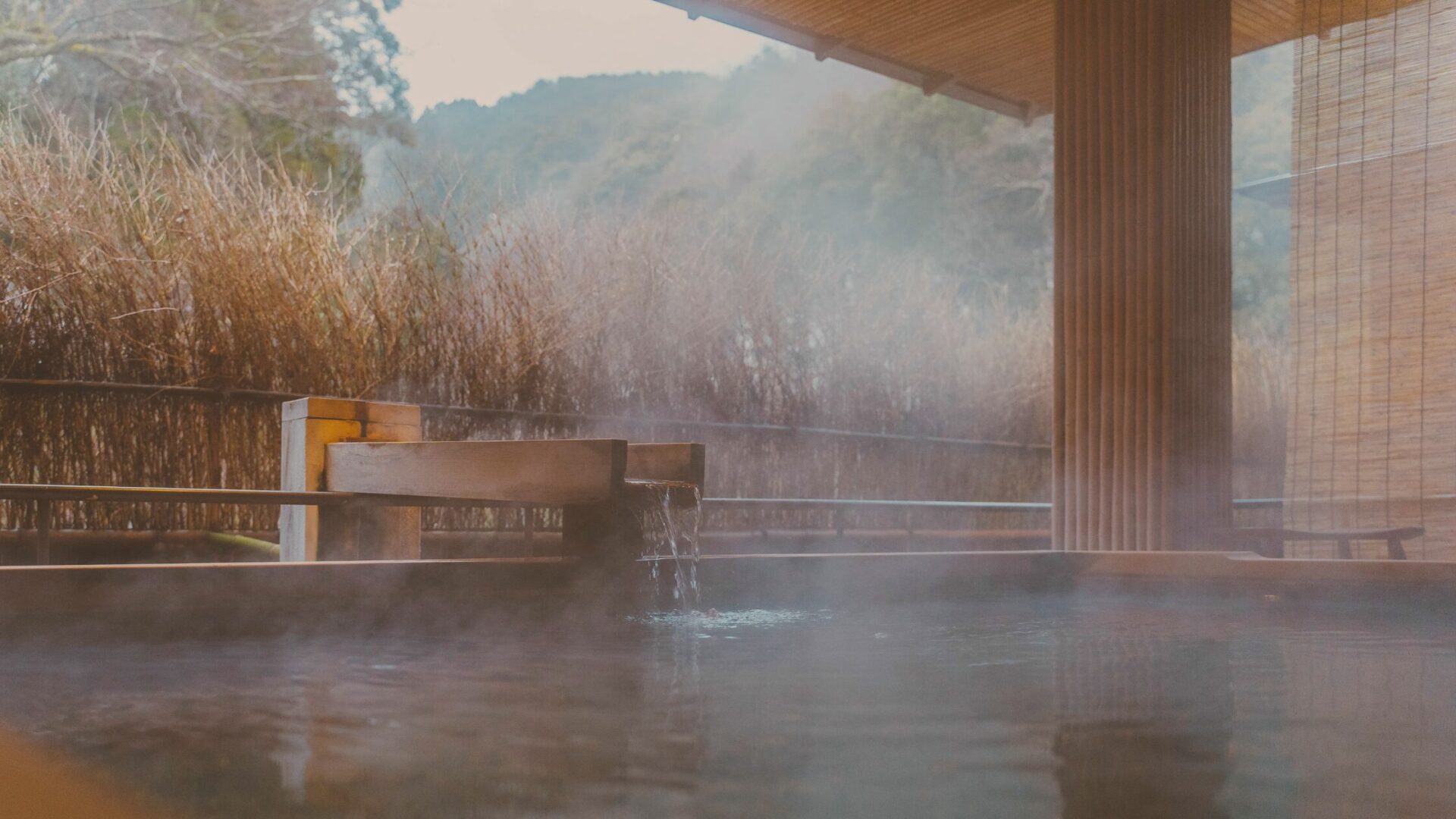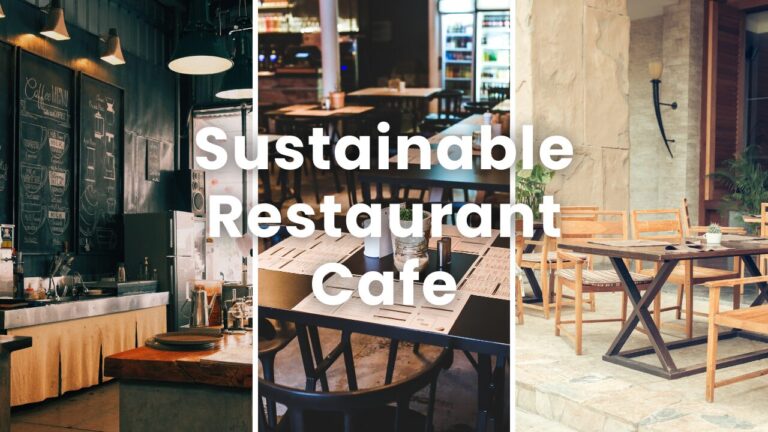The travel industry is embracing a major shift toward sustainability. After the pandemic prompted many to rethink what travel means to them, tourists are moving beyond simple sightseeing. Instead, they’re choosing responsible travel that protects the environment and supports local communities.
This trend is particularly relevant when visiting Japan’s hot spring inns. These establishments use one of nature’s most precious resources, so they have a unique responsibility to protect it for future generations. When you choose hot spring inns that preserve local culture and partner with their communities, you become part of sustainable tourism.
But finding truly eco-friendly hot spring inns can feel overwhelming. This guide will help you identify sustainable properties, choose the right one, and make the most of your stay.
What Makes a Hot Spring Inn Sustainable?
Environmental Leadership
Sustainable hot spring inns minimize their environmental impact through innovative practices.
Clean Energy Solutions
Hot springs naturally use geothermal energy, making them inherently eco-friendly. The best establishments go further by integrating geothermal power generation throughout their operations. These systems can power entire facilities and heat water using only natural geothermal energy.
Many eco-conscious inns use hot spring heat for their heating and hot water systems. This approach dramatically reduces fossil fuel dependence while maximizing nature’s renewable resources.
Smart Resource Management
Protecting water resources requires careful planning. Leading sustainable inns monitor spring output, set extraction limits, and use cascade systems that maximize geothermal heat efficiency. They also return used spring water to underground sources, preventing depletion and preserving this resource long-term.
Community Partnership
True sustainability extends beyond environmental protection to include social responsibility.
Local Food Systems
These inns source fresh vegetables, seafood, and foraged ingredients from nearby producers. This approach cuts transportation emissions while supporting the local economy. Seasonal menus showcase regional flavors and build direct relationships between guests and local farmers and fishers.
Cultural Preservation
Sustainable inns incorporate traditional crafts into their design and support local festivals and cultural events. They actively participate in environmental conservation, protect wildlife habitats, and maintain hiking trails. These efforts demonstrate genuine commitment to coexisting with nature and preserving local heritage.
How to Choose an Eco-Friendly Hot Spring Inn
Look for Verified Credentials
Choose inns with recognized environmental certifications like Green Key, ISO14001, or approval from Japan’s Ecotourism Promotion Council. These third-party certifications provide objective proof of environmental commitment.
Evaluate Physical Infrastructure
Check for energy-efficient features: high-performance insulation, LED lighting, and efficient heating systems. Look for natural building materials, landscape-friendly architecture, and abundant green spaces on the property.
Assess Food and Amenities
Review the inn’s commitment to local sourcing, organic ingredients, and food waste reduction. For amenities, seek properties offering refillable toiletries, bamboo or wooden accessories, organic cotton linens, and minimal disposable items.
Here, you can find sustainable onsen inns
Making the Most of Your Sustainable Stay
Seasonal Hot Spring Experiences
Sustainable inns offer immersive natural experiences year-round. Enjoy spring soaks surrounded by cherry blossoms, summer stargazing from outdoor baths, autumn views of colorful foliage, and winter snow-viewing while bathing. Each season provides unique sensory experiences that only well-preserved natural settings can deliver.
Meaningful Dining
Farm-to-table dining connects you directly with local food systems. Fresh, seasonal ingredients not only taste better and provide superior nutrition—they also help you appreciate the relationship between food and place. Knowing your meal’s origin creates deeper satisfaction than conventional dining experiences.
Enriching Activities
Many eco-friendly inns offer nature-based programs: forest walks, wildlife observation, stargazing, agricultural experiences, and traditional craft workshops. These activities deepen your understanding of local ecosystems and culture while highlighting the importance of conservation.
Digital detox opportunities allow you to disconnect from devices and reconnect with natural rhythms. Reading, meditation, and simply listening to nature provide mental refreshment that supports sustainable living practices.
The Bigger Picture
Sustainable hot spring travel offers benefits beyond personal relaxation. You simultaneously support environmental protection and community development while experiencing authentic Japanese culture and pristine natural settings.
This approach delivers satisfaction that conventional tourism cannot match. Your travel choices help preserve beautiful environments for future generations and contribute to thriving local communities.
Getting Started
Ready to try sustainable hot spring travel? Start by researching certified eco-friendly properties for your next trip. Read reviews focusing on local sourcing and environmental practices. Even small steps toward sustainable travel create positive impact.
Your choices matter. Each decision to support responsible tourism contributes to a more sustainable future for Japan’s remarkable hot spring destinations.






